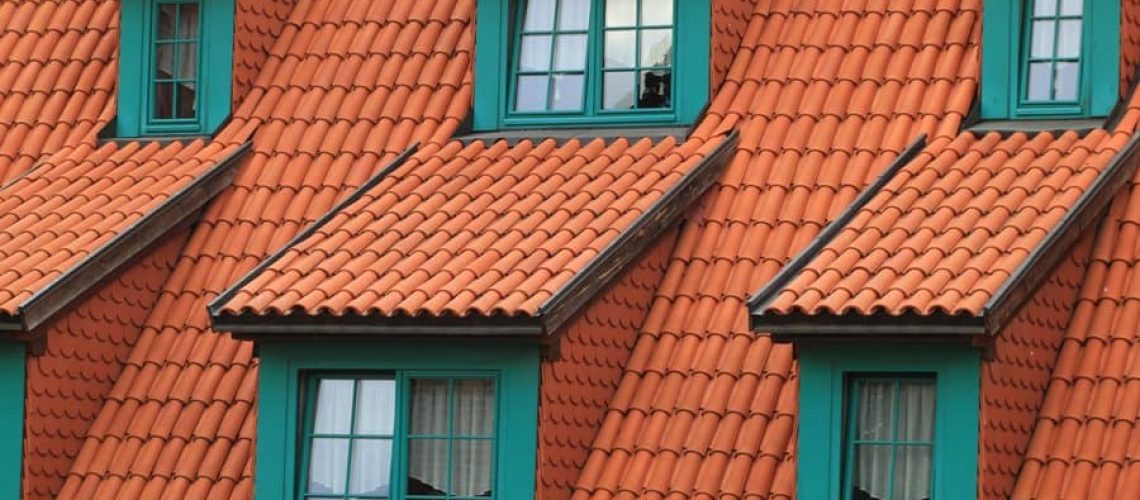Signs That Your Roof Is In Need of Repairs
Every homeowner has to deal with roof damage and repairs at some point in their lives, especially if they live in areas with a lot of strong winds, long winters, and frequent hail storms. Unfortunately, getting up onto your roof to inspect it for damage – particularly if you live in areas with difficult weather conditions – is no small task. Make sure to do so safely and carefully.
Assessing possible roof damage consistently, and having it repaired either by yourself or a professional roofing company ASAP, is the best way of avoiding time consuming and costly roof repairs in the future. Roof damage can extend downward into your home’s interior insulation and other internal structures, resulting in water damage, rot, and mold.
When you make your way to the top of your home, keep an eye out for the following signs of roof damage.
- Dark and Dirty Shingles – This is a common sign of age, and with age comes damage. All shingles will eventually undergo wear and tear, especially asphalt shingles that are exposed to consistent UV light, or any other kind of shingle that sees a lot of moisture. In fact, if your shingles are wet during a time with no rain or snow storms, that is another sign that they are damaged and in need of repair. Shingles should never accumulate moisture.
- Shingle Granules In Your Gutters – These resemble coarse sand that’s dark grey or black in color. As shingles age, they can begin to lose their granules – especially asphalt or composite shingles. The nearest place for these loose granules to end up is in your gutters.
- Damage Surrounding Various Object and Openings On Your Roof – These include pipe, vents, chimneys, gutters, and similar structures. It is in these areas that damage typically begins.
- Water Leaks or Light Entering Through the Attic – Both of these are a clear indication that damage has occurred to your roof. Sometimes the fix can be as simple as installing some new flashing, however, extensive damage will entail roof repair.
- Unusually High Energy Bills – This can be the result of your HVAC systems having to work overtime to heat or cool your home, as damage to your roof can result in your home being hotter during the summer and colder during the winter.
Signs of Gutter Damage
Inspect your gutters for the following:
- Sagging – If your gutters sag, they are likely being pulled down by water inside of them, meaning there are clogs in your gutters.
- Water marks underneath your gutters – This is a clear indication of leaks. It can also indicate that your gutters are overflowing due to clogs.
- Orange flecks or peeling painting around your gutters – Gutter paint tends to be made with age resisting materials so as to stave off damage. If you are seeing orange flakes or peeling paint, it could be a sign of major rust damage, which means your gutters are not working properly.
- Mold forming around your home’s foundation – Gutters are meant to direct water away from your house, and that includes its foundation. If you are seeing mold building up here, water is probably either leaking through or overflowing from your rain gutters.
- Splits or cracks – These are a problem, even if they seem small. Once even a little bit of damage has occurred to your gutters, further damage is likely to occur even faster.
Signs of Siding Damage
Keep an eye out for the following signs of siding damage:
- Shifting seams – Your home’s seams can shift over time, which can create far-reaching damage to your house’s siding. Check for large cracks or openings between various walls on your home’s exterior.
- Water stains – Usually seen as grey or dark green spots or streaks. If you see water stains, either on the inside or outside of your home, it is a clear sign that your siding is damaged or not functioning properly.
- An influx of bugs or other pests – Damaged siding provides plenty of spaces for pests to enter. No one likes bugs or spiders in their home, much less termites, which can create extensive damage.
- Loose or missing nails – Water can make its way underneath siding, which can result in the expansion and contraction of various materials. This can cause nails to become loosened or go missing, leading to a weakening of your home’s siding system.





